Bat Navigation
Bats have tiny hairs on their wings that help them maneuver in complete darkness.

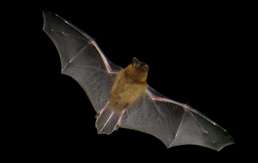
NOISE & NAVIGATION: Bats maneuver in the dark with the help of microscopic wing hairs, researchers expose a dolphin's secret sonar, killer whale ears inspire better microphones, and how a tiny bug with a big sound has eluded biologists for centuries. Also: Do humans have an internal compass?
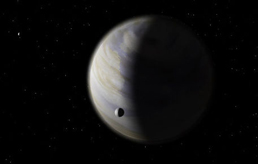
Astronomers are using new tools to look for life in outer space. And, the search for intelligent life in the universe is targeting the best candidate planets. Also: how tsunamis impact sealife.
Genetically engineered bacteria could help ferry drugs to where they’re needed most in the body.

Football and family violence, rooting out insects, a question of taste, and a bird's eye view for danger.

A new generation of self-conscious robots, how sunshine affects drugs in the body, new research into the prevention of cleft lips, why it's hard to stay focused for long periods of time, and what sound recordings can tell us about the health of natural habitats.
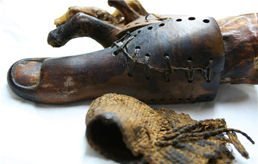
An early screening test for autism, a car controlled by thoughts, the safety of fruit seeds, blaming the hero, and testing an ancient Egyptian prosthetic.
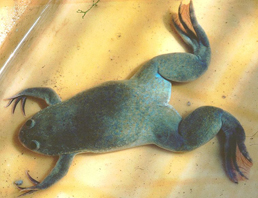

ANNUAL MEETING SPECIAL: The new science of aeroecology, deconstructing taste preferences, new ways to store energy, and 3-D printers that could one day produce replacement organs.
Engineers are designing electric-powered wheelchairs that can identify and respond to the type of terrain they're on.
NATURE OF INVENTION: Sea urchin teeth could inspire new nano-materials, and hornet stripes could lead to better solar technology. Also: automatic transmissions could revolutionize electric wheelchairs, and there's new research on the genetics of hair color and male pattern baldness.
A new hypothesis explains how prehistoric people transported huge slabs of rock to Stonehenge.
Researchers have engineered a robotic gripper out of balloons and sand that is capable of picking up many kinds of objects.
Giving spacecraft a running start on a long rail may significantly reduce launch costs.
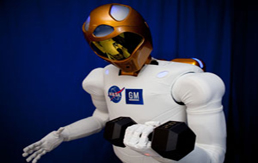
SPACE UPDATE: NASA prepares to launch a human-like robot into space, engineers are designing a more efficient system for launching payloads into orbit, why microwaves aren't as dangerous as some people think, and the physics behind the color of clouds.
